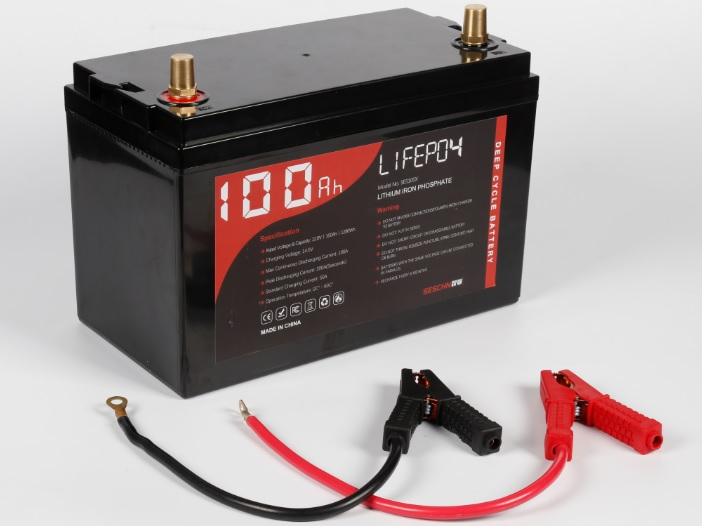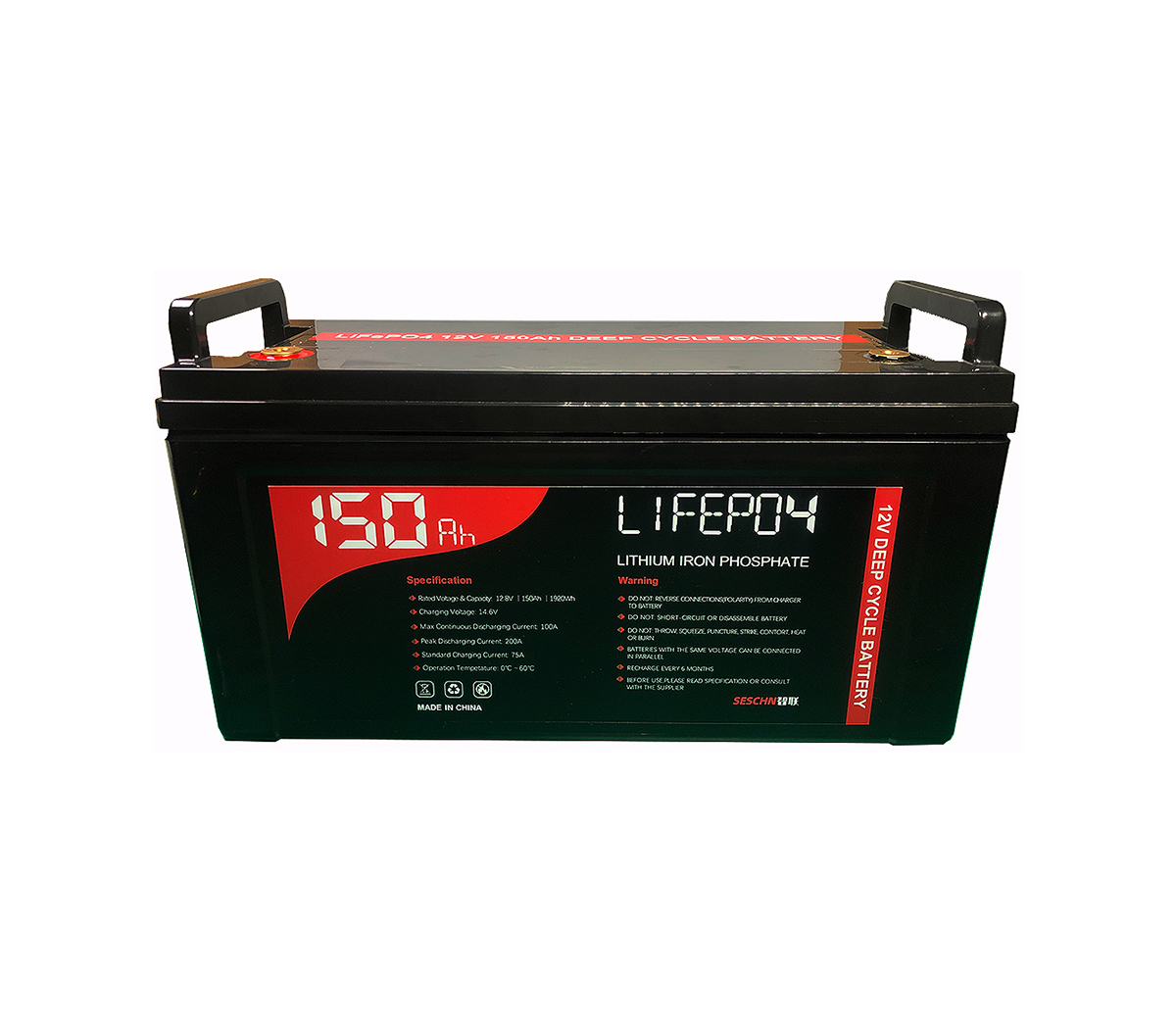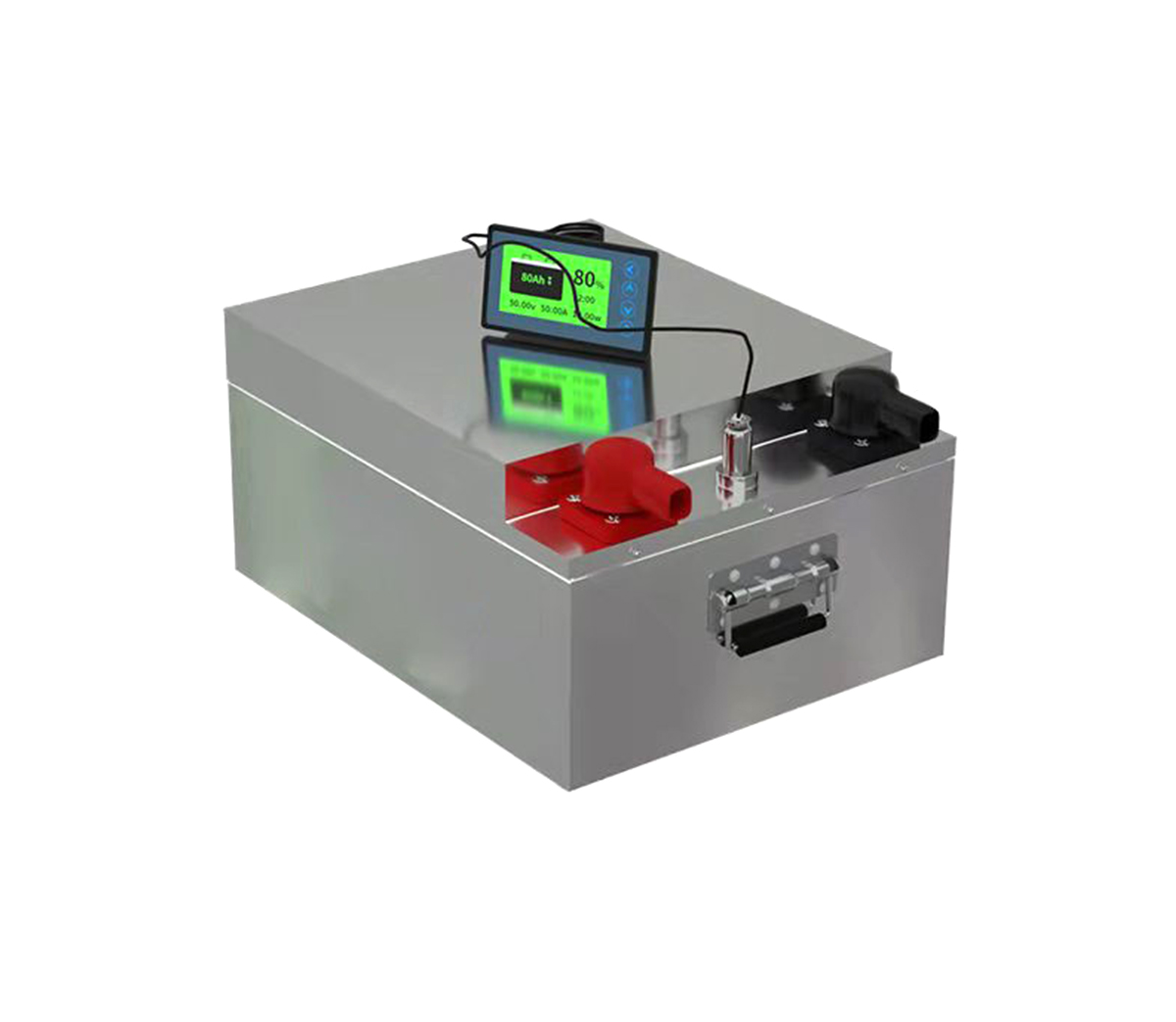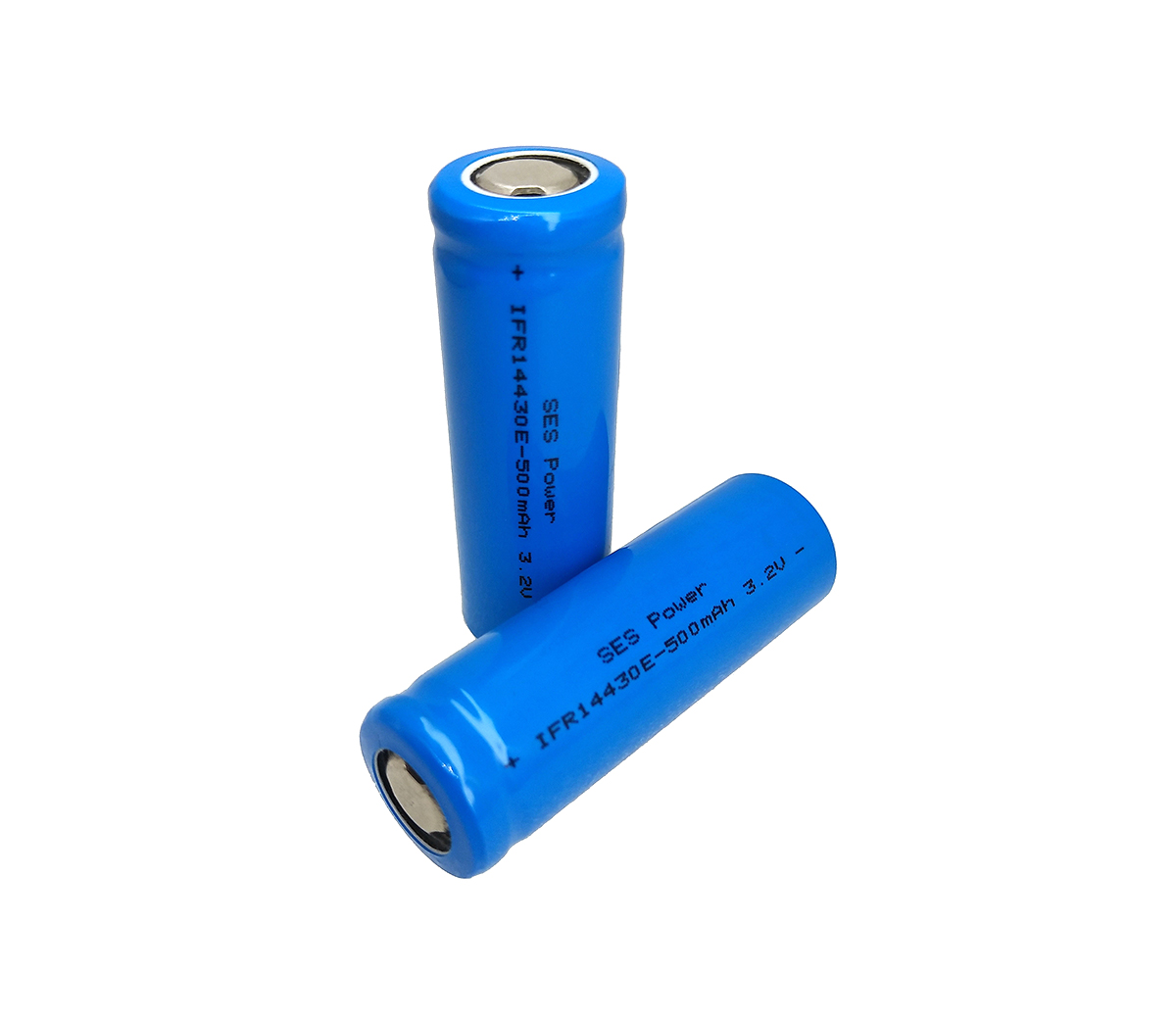In-depth analysis of the four major problems of the junction box of
photovoltaic power generation
Recently, the photovoltaic industry has caused some discussions on the
safety of high-current junction boxes, mainly focusing on the safety concerns of
high-current junction boxes under high radiation in summer. For these
discussions, the industry has actually had many professional answers before.

1. Is there a need for higher standards under high-irradiation conditions
in summer?
Recent discussions have pointed out that 1100 and 1200W/m2 levels of light
intensity often occur in summer, and there may be higher radiation conditions.
Therefore, higher safety standards are required to ensure the work safety of the
junction box.
In fact, the relevant IEC standards have fully considered the above
situation and adopted a safety factor of 1.25 times for the selection of
junction boxes and components, which is reasonable and in line with reality.
For occasional higher irradiance conditions, the junction box certification
and test will not only test the temperature under the rated current, but also
evaluate the heat-resistant safety of the junction box at 1.25 times the rated
current, so there is no need to worry about safety. It is understood that the
component factory has also prepared junction box selection requirements for
customers with higher safety factors, such as junction boxes with rated currents
of 28A and 30A.
2. Is the current IEC standard for double-sided modules reliable?
The more intensely discussed issue is the safety of the high-current
junction box of the bifacial module. Some people believe that the formula
Isc×(1+30%×ϕ)×1.25 in the IEC standard for double-sided modules has increased
the double-sided coefficient, and pointed out that the design margin for the
selection and design of the junction box of high-current modules is insufficient
to ensure safety.
After confirming with the certification authority, although the new IEC
standard adds the consideration of double-sided power generation, the
certification body does not yet have exact requirements on what backside
radiation parameters should be used when selecting parts. From the current point
of view, it is reasonable for the new standard to conduct reliability tests
according to the irradiance of 300W/m2 under extreme conditions. According to
the requirements of different certification rules, a junction box with a higher
rated current can be selected to match, so as to meet different test conditions
and the needs of special customers.
3. Does the 25A junction box meet the requirements of 210 components?
Considering the stress irradiance of 300 W/m2 under extreme conditions, the
maximum output short-circuit current of the 210 double-sided module is
Isc×(1+30%×ϕ)=22.56A. Choosing a 25A junction box can fully meet the needs of
use . Moreover, the normal working current of the component, Impp, is 17.3A
instead of Isc 18.4A. Based on this calculation, the final output current is
lower.
So, when the component is under high irradiance, hot spot effect occurs,
can the junction box meet the requirements?
Let's analyze it: the back and the front of the bifacial module are in
parallel. In addition to the parallel connection of the upper and lower
circuits, the front and back of a single battery are also connected in parallel.
When the hot spot effect occurs on the front battery, the back battery can still
work normally and shunt. In the actual power generation process, unless it is
deliberately blocked, the hot spot effect on the front and back of the same
string of batteries at the same time is extremely low; while the upper and lower
strings of the same diode are connected in parallel, and the hot spot effect at
the same time is even lower.
The rated current of the junction box is not as large as possible. It is
the most reasonable to choose the most suitable part specifications. Excessive
high allocation will only transfer costs to owners and customers.
4. What is the real situation of the dual-chip voltage drop difference?
Regarding this issue, there have been rumors that the difference between
the dual cores is 50 millivolts, which is obviously not in line with common
sense and the actual process level.
Previous data has pointed out that the VF of two chips on the same wafer
after packaging does not exceed 3mV. This difference is only about 1% in the
voltage drop of the entire diode, which is within the test error range.

Lithium-ion battery (LIB) has become the main energy storage solution in
modern social life. Among them, lithium iron phosphate batteries are a perfect
substitute for lead-acid batteries, and are the first choice for grid-connected
peak shaving, off-grid energy storage, photovoltaic energy storage, UPS, data
center and other industries.
Solar power generation system with lithium battery energy storage system is
a very promising clean energy.




































